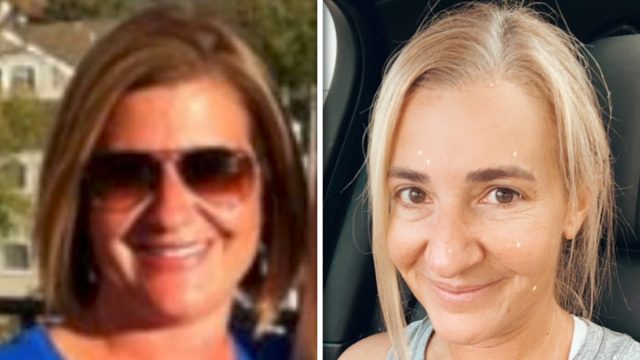9 Secrets That Helped This Fat Loss Coach Stay Lean and Toned After 50
Are you struggling to get in shape in your 40s and 50s? Tammi Kuthan is a fat loss coach who teaches women over 40 how "to fuel your body, heal your hormones, tone up and build sustainable habits without all the low carb drama," she writes in her Instagram bio. In a new post, she reveals that after years of struggling to lose fat, she has learned the five secrets of weight loss later in life.
Hormonal Changes Can Make Fat Loss More Difficult
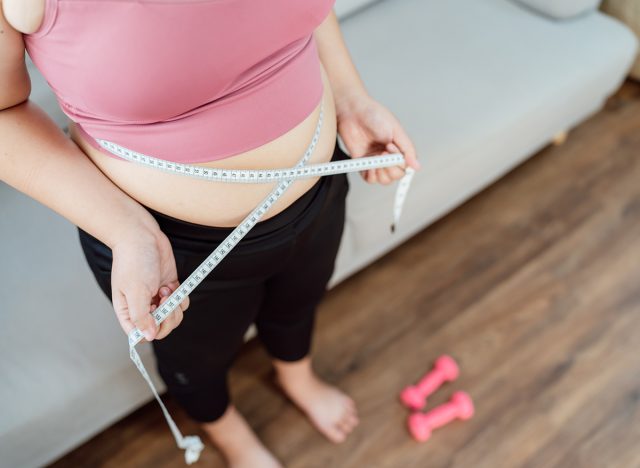
"When your hormones go through changes in midlife, it can make fat loss feel that much more of a mountain to climb. I know it can feel impossible to manage everything, which is why I've been helping women 40+ see incredible results on their health & fat loss journeys for 2 years now. I know just how much progress you can see when you make some simple habits a consistent part of your health approach," she writes in her post, revealing "what to focus on."
Eat Whole Foods
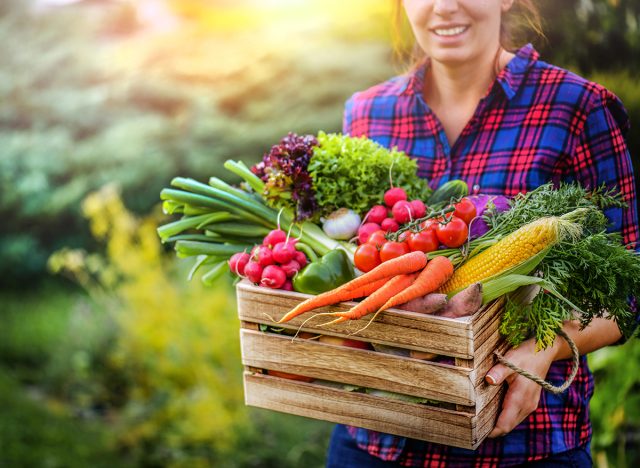
The first secret has to do with diet. Tammi recommends sticking to whole foods. "Fill your plates! These foods give you all the nutrients, vitamins, and minerals you need for better hormone health, energy, and metabolism," she says.
Movement
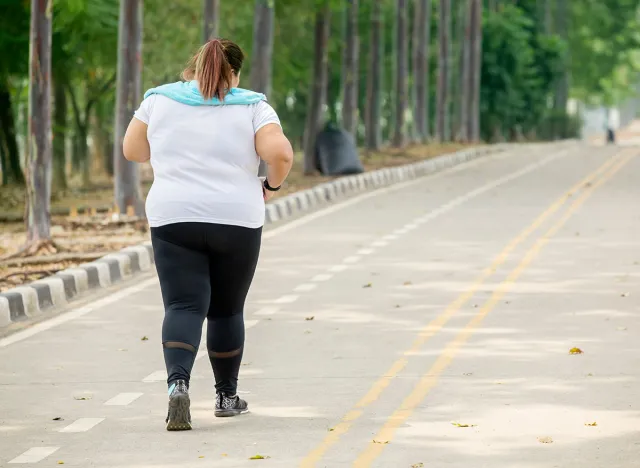
Next up, movement. "Build fat-burning muscle through strength training, and switch some of that HIIT for general movement throughout the day; 10k steps a day will do so much for you!" she says. Why should you aim for 10,000 steps? A 2018 study published in the journal Obesity found a link between walking 10,000 steps a day and weight loss and weight management. Other studies published by the Journal of American Medical Association (JAMA) in JAMA Neurology and in JAMA Internal Medicine also linked walking 10,000 steps a day to less dementia and less cardiovascular disease overall, with less heart disease, less heart failure, and fewer strokes.
RELATED: 12-3-30 Walking Method: 20 Proven Tips to Lose Weight Faster
Stress Management

Stress management is her next secret. "Stress contributes to so many unwanted things – reduced energy levels, fat storages, sleep… so trust me when I say that taking a little time every day to relax & recharge is essential for your fat loss," she says.
Quality Sleep

Quality sleep is also crucial, according to Tammi. "Rest is a key part of any midlife health & fat loss journey. And while perimenopause sets us up for failure with sleep, implementing a consistent, effective night routine will support sleep quality," she says.
Limit Caffeine
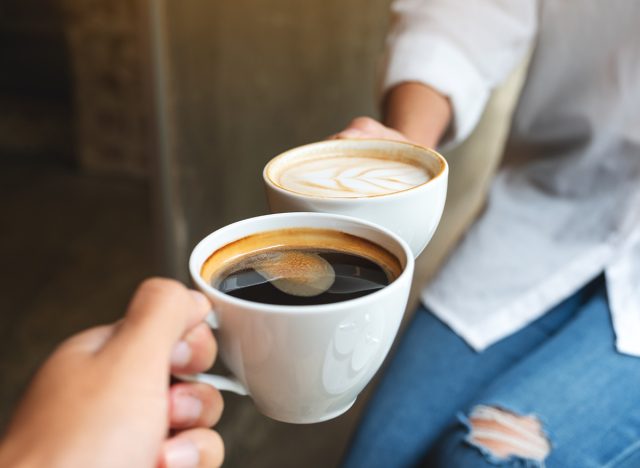
Her last secret is limiting caffeine and alcohol. "They mess with your hormone balance regardless of age or phase of life and make it more difficult to lose fat. You don't have to cut them out completely, but a little mindfulness goes a long way," she says.
RELATED: Mom Drops 93 Pounds After Breaking This Common Habit
Morning Walks

In another post, she reveals other parts of her "winning formula" for staying lean and toned at 51, starting with morning walks. "Making sure we're not sedentary through general activity like walking has so many benefits for both mental and physical health. It aids weight management, boosts mood, reduces stress, and reduces the chance of cardiovascular disease," she writes.
Macro Goals

She also sets macro goals. "Tracking macros allows me to understand my nutrient intake, keeps my meals well-balanced, and helps me make the best choices w/ meals & snacks that keep me thriving!" she says.
30 Minute Workouts
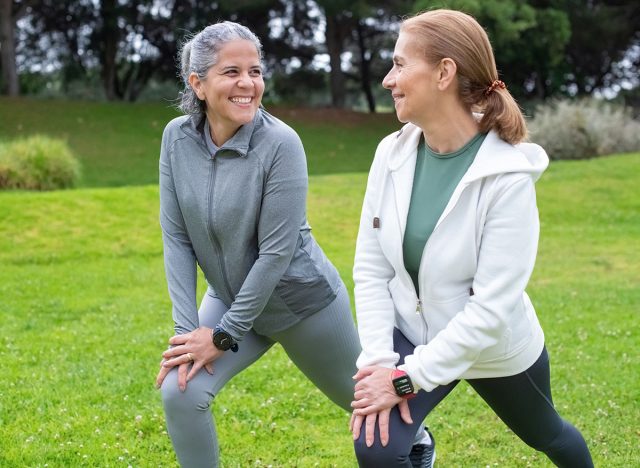
She does 30-minute workouts (3x strength, 2x cardio). "I used to think I needed a 1hr+ for workouts & found it so hard to do that with my schedule. But 30 mins is truly all you need to see incredible results, and it's so much easier to make that consistent, which equals sustainable transformations!" she says.
Carb Cycling
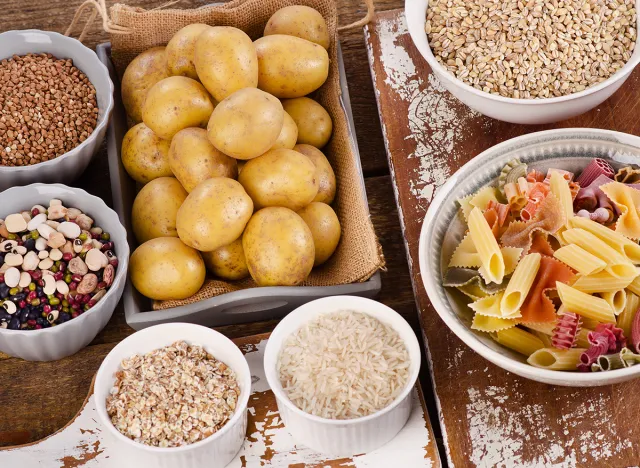
Finally, carb cycling is part of her approach. "As an ex-keto gal, I was really apprehensive about adding carbs back into my diet, but carb cycling has made all the difference. Alternating between low & high carb days helps burn through fat stores while ensuring I still have plenty of energy for workouts & daily life!" she writes. And if you enjoyed this article, take advantage of these 15 Quick Ways to Lose Body Fat Percentage in a Week.
